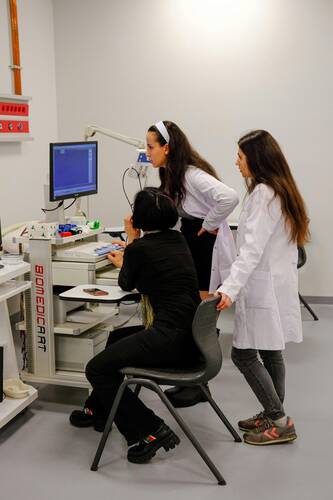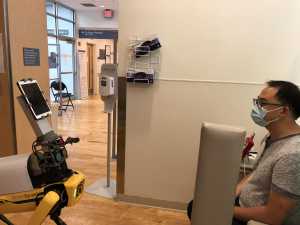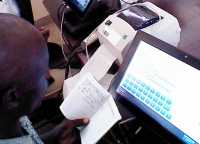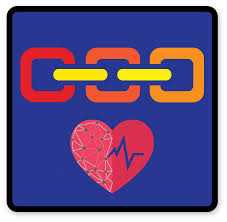Electronic Records / 11.12.2024
Morbidity and Mortality Prediction Model Improved by Incorporating Data from Electronic Records
MedicalResearch.com Interview with:
Prof. Adam J. Rose
Shuli Brammli-Greenberg and Adam J. Rose share senior authorship.
Faculty of Medicine, Hebrew University of Jerusalem
Beit-Horon, Jerusalem, 9093500, Israel
MedicalResearch.com: What is the background for this study? Would you briefly explain what is meant by the Elixhauser Comorbidity Model?
Response: Patients admitted to the hospital can have very different levels of illness severity. In addition, different hospitals may admit different numbers of very sick patients. Therefore, comparing two hospitals regarding something like length of stay or in-hospital mortality is not valid unless one adjusts for the illness burden of the population of patients at each hospital.
Risk adjustment is the name for the process of building a model to predict the risk of each patient for a particular outcome, such as mortality or readmission, based on what is known about them and their illness burden. By summing all the risks of patients at a hospital, one gets an aggregate sense of the illness burden at the hospital, and different hospitals can be compared.
The Elixhauser Comorbidity Model is a widely-used risk adjustment model which performs well in the sense that it is very predictive of outcomes like mortality. It also has the advantage of being calculated from diagnosis codes, which are widely available data for hospitalized patients.
(more…)









 MedicalResearch.com: What is the background for this study? What are some of the functions that Dr. Spot can facilitate?
Response: During the COVID-19 pandemic, we wanted to consider innovative methods to provide additional social distance for physicians evaluating low acuity individuals who may have COVID-19 disease in the emergency department. While other health systems had instituted processes like evaluating patients from outside of emergency department rooms or calling patients to obtain a history, we considered the use of a mobile robotic system in collaboration with Boston Dynamics to provide telemedicine triage on an agile platform that could be navigated around a busy emergency department. Dr. Spot was built with a camera system to help an operator navigate it through an emergency department into a patient room where an on-board tablet would permit face-to-face triage and assessment of individuals.
MedicalResearch.com: What is the background for this study? What are some of the functions that Dr. Spot can facilitate?
Response: During the COVID-19 pandemic, we wanted to consider innovative methods to provide additional social distance for physicians evaluating low acuity individuals who may have COVID-19 disease in the emergency department. While other health systems had instituted processes like evaluating patients from outside of emergency department rooms or calling patients to obtain a history, we considered the use of a mobile robotic system in collaboration with Boston Dynamics to provide telemedicine triage on an agile platform that could be navigated around a busy emergency department. Dr. Spot was built with a camera system to help an operator navigate it through an emergency department into a patient room where an on-board tablet would permit face-to-face triage and assessment of individuals.













